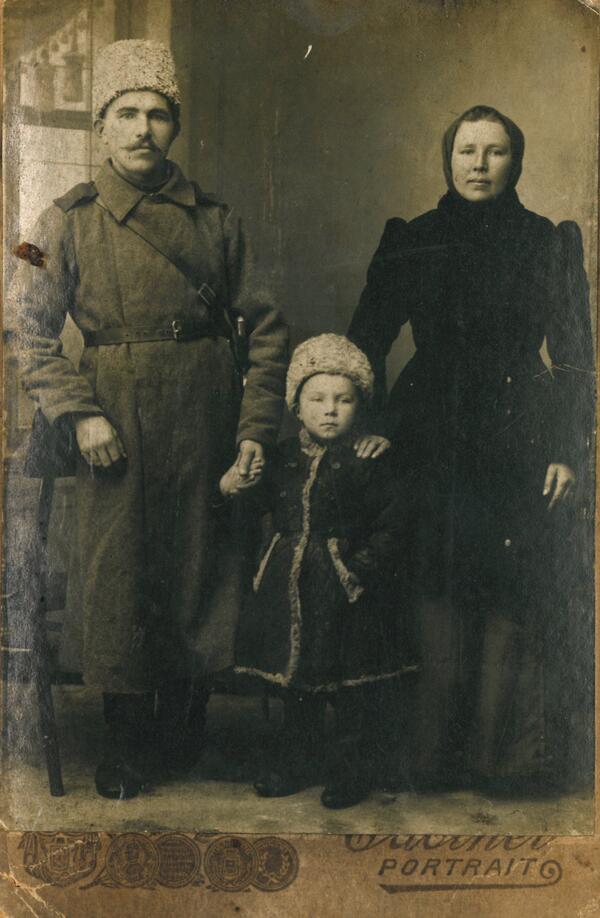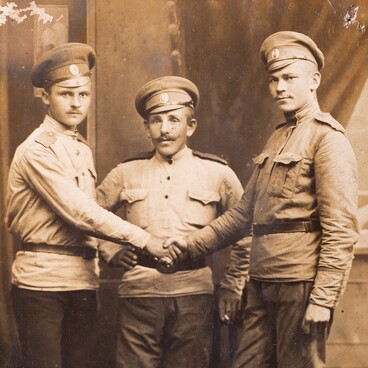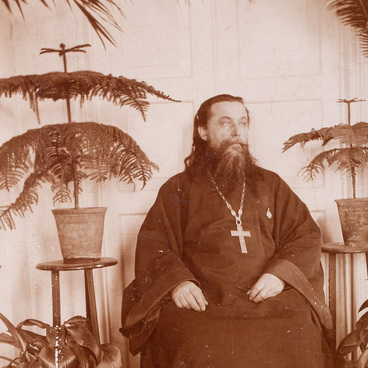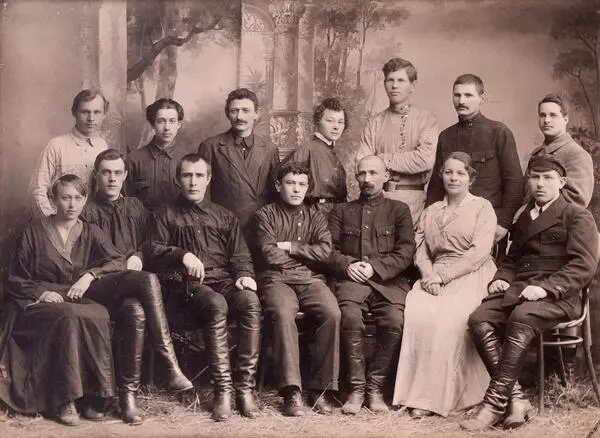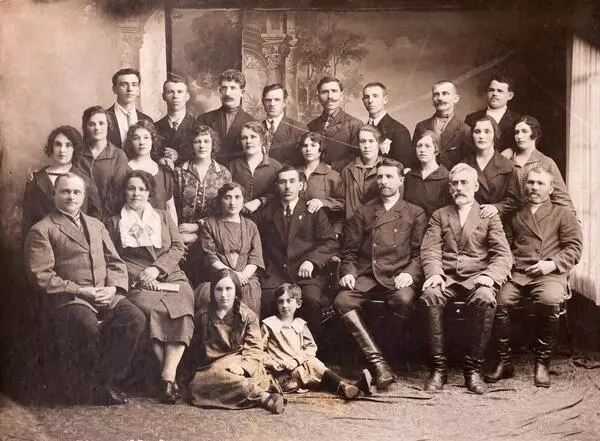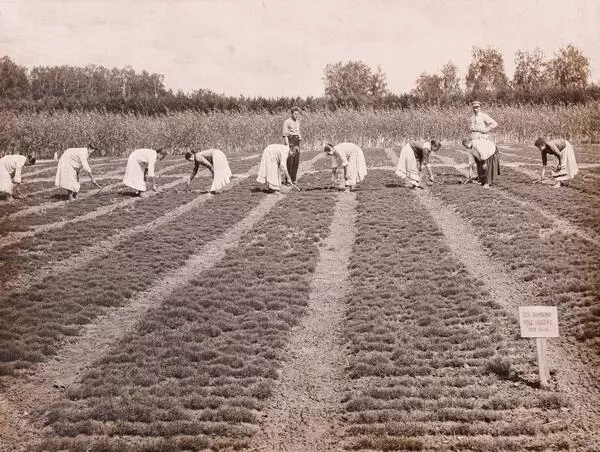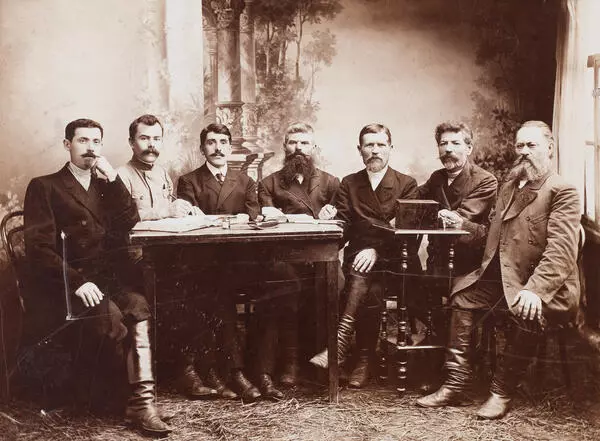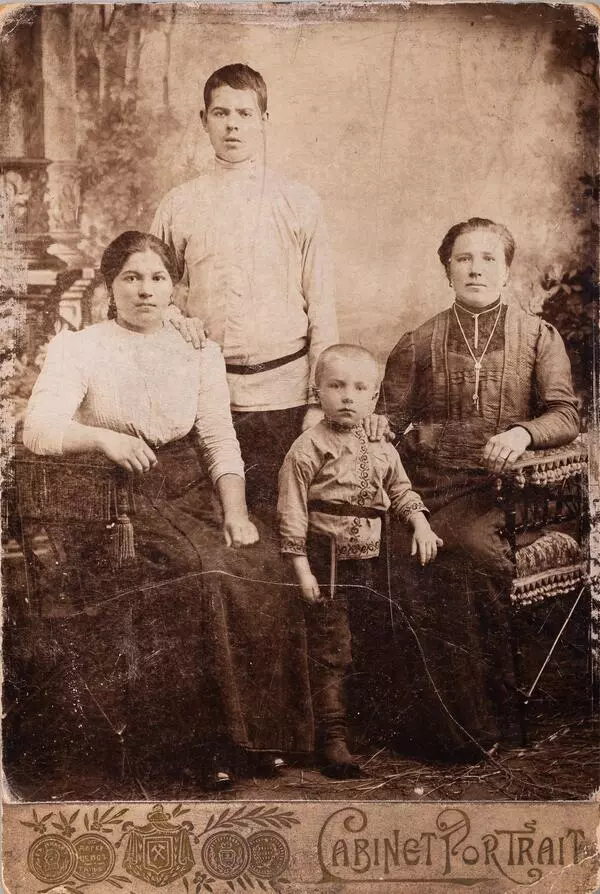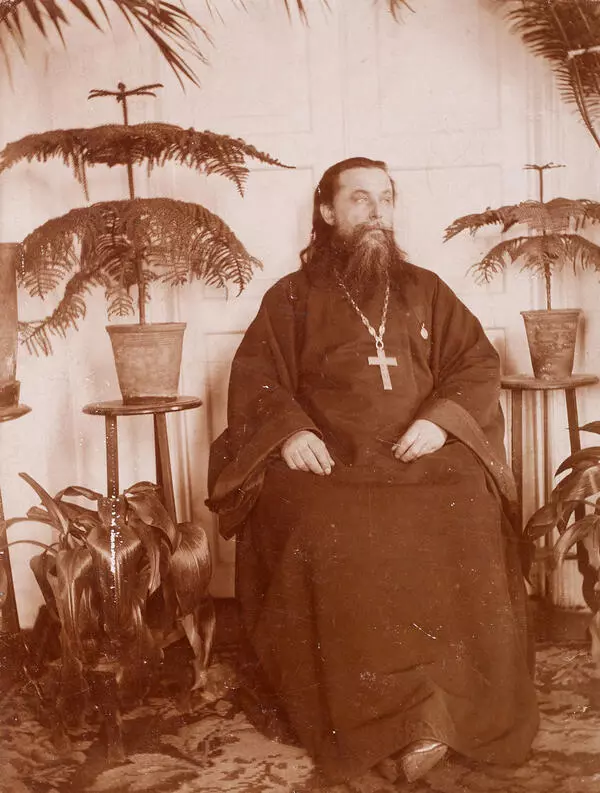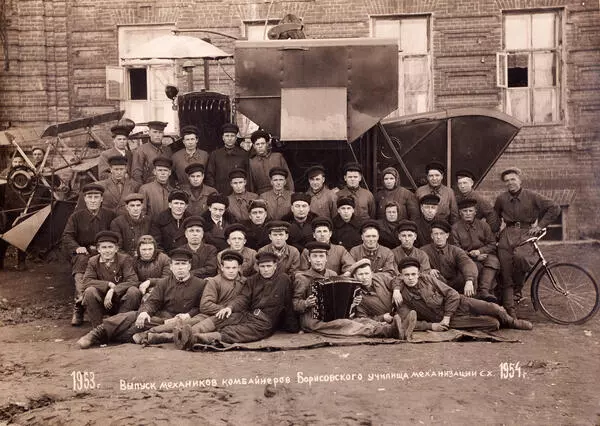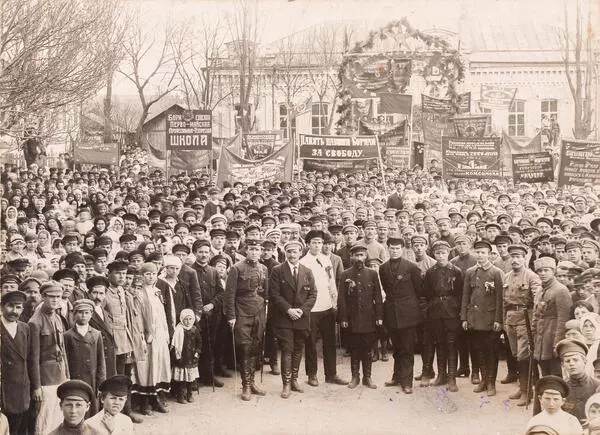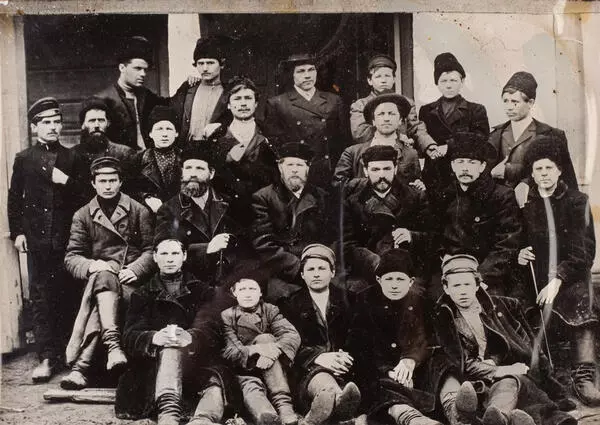Grigory Vasilyevich Safontsev worked as a photographer during the heyday of this art form.
Until the end of the 19th century, a visit to a photo studio was considered a luxury available only to the upper classes. The photographs of peasants found in museum collections were originally made “for history”, not for the models.
By the 1880s, representatives of the middle class and even wealthy peasants could afford this pleasurable outing. However, a photo shoot remained a special happening for everyone: this event required a reason, serious preparation and a long time.
A professional photographer had to have the talent of an artist and a set designer; as a rule, the nature of the future picture was discussed with the customer in advance, and the costume, pose, and set up were negotiated accordingly. The angle also mattered: fully frontal poses emphasized firmness and dignity, portraits in profile — calmness and contemplation, and in three-quarter view — grace. Backdrops with a simple landscape were often used.
Going to the photographer, the person had to dress appropriately. First, they tried to choose the best outfits that would demonstrate wealth or occupation; second, shiny fabrics that could give glare when shooting were excluded.
Until the 1920s, people rarely smile in studio photographs: the aesthetics of a “ceremonial portrait” called for a serious facial expression. Often models held albums, books, and children’s toys in their hands. The reason is that people inexperienced in posing were often nervous and did not know where to put their hands. Similar props were kept in photo studios together with backdrops.
The photo was processed manually. In an effort to achieve the perfect result, the photographer could edit facial features, “clear-up” the face, make the pupils more pronounced and even add jewelry, which in reality the customer did not have. Among the group portraits captured by Grigory Safontsev, family portraits occupy a large place. For middle-income families — of priests, merchants, townspeople — it was considered mandatory from time to time to take group pictures, frame and hang them in the living room or in the boudoir.
Until the end of the 19th century, a visit to a photo studio was considered a luxury available only to the upper classes. The photographs of peasants found in museum collections were originally made “for history”, not for the models.
By the 1880s, representatives of the middle class and even wealthy peasants could afford this pleasurable outing. However, a photo shoot remained a special happening for everyone: this event required a reason, serious preparation and a long time.
A professional photographer had to have the talent of an artist and a set designer; as a rule, the nature of the future picture was discussed with the customer in advance, and the costume, pose, and set up were negotiated accordingly. The angle also mattered: fully frontal poses emphasized firmness and dignity, portraits in profile — calmness and contemplation, and in three-quarter view — grace. Backdrops with a simple landscape were often used.
Going to the photographer, the person had to dress appropriately. First, they tried to choose the best outfits that would demonstrate wealth or occupation; second, shiny fabrics that could give glare when shooting were excluded.
Until the 1920s, people rarely smile in studio photographs: the aesthetics of a “ceremonial portrait” called for a serious facial expression. Often models held albums, books, and children’s toys in their hands. The reason is that people inexperienced in posing were often nervous and did not know where to put their hands. Similar props were kept in photo studios together with backdrops.
The photo was processed manually. In an effort to achieve the perfect result, the photographer could edit facial features, “clear-up” the face, make the pupils more pronounced and even add jewelry, which in reality the customer did not have. Among the group portraits captured by Grigory Safontsev, family portraits occupy a large place. For middle-income families — of priests, merchants, townspeople — it was considered mandatory from time to time to take group pictures, frame and hang them in the living room or in the boudoir.

